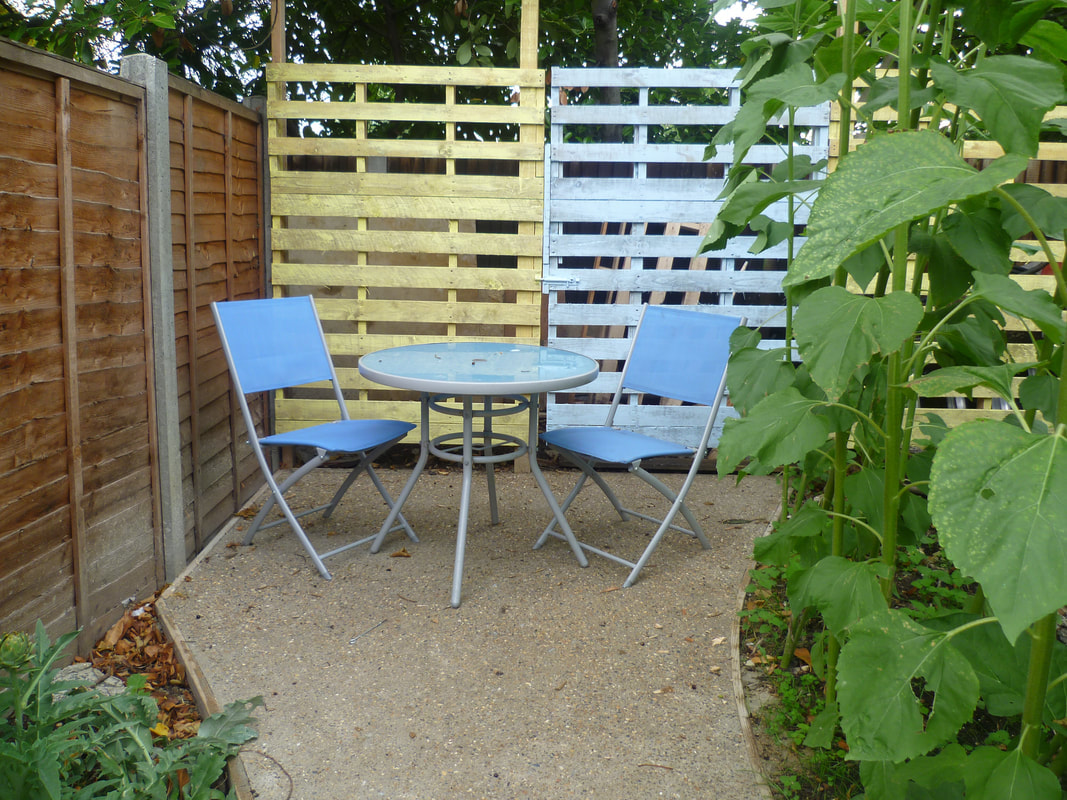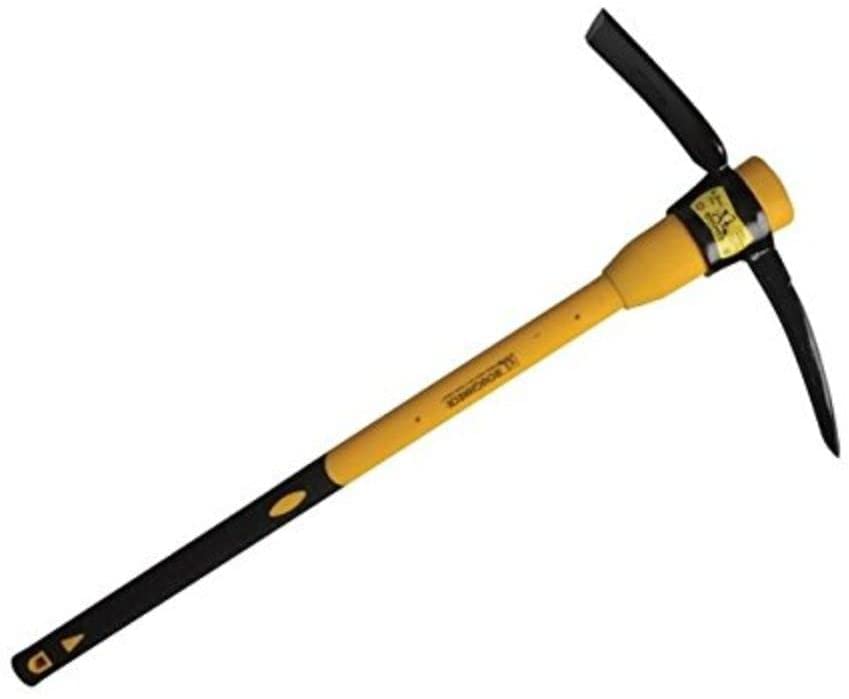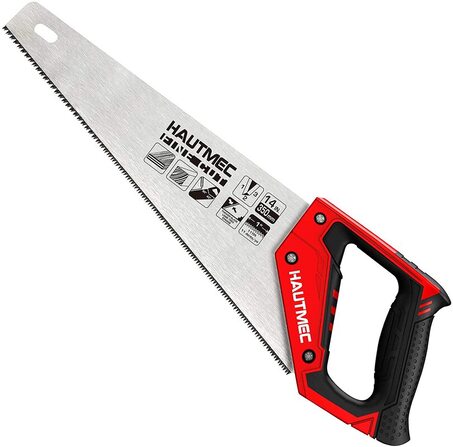|
This article contains affiliate links
Garden paths are a great way to create a defined route across an outside space. Very typically garden paths prevent muddy feet and compacted ground from stray pedestrians. However garden paths do not just have to be functional. Pathways can also be aesthetically pleasing accentuating a design theme or installation with decorative materials. They can be straight and direct creating an avenue, or curvy to create a meandering journey. There are so many options when creating paths in terms of both design and materials. The good news is the tools you need to lay a pathway are always very attainable. There so many material choices to including; paving, concrete, gravels, resin bound aggregate and bark chippings! What materials you choose will dictate the type of tools you will need. Types of garden path
The material you choose will dictate the specific construction method you will need to implement. Generally there are four main types of garden path: Form work infill
This is the most affordable method of building a path involving retaining boards of some sort. Typically this done with long, timber, gravel boards fixed together to create retaining form work. There will larger requirement for timber working tools for this type of garden path. Retaining boards are normally fixed to robust pegs driven deeply into the ground. This method is especially good for creating artistic curves within the landscape. It is common to excavate the pathway to a depth of 150mm and use boards 150mm wide. Once secured, the formwork can be filled with 100mm of compacted sub base and 50mm of wearing surface. This can be gravel, free binding gravel, tarmac, resin bonded aggregate, or bark chippings. Hard edging infill
This is a popular method of creating pathways and usually sits around the medium price bracket. The path type involves creating solid, retaining edgings with some sort of stone or masonry with mortar A typical choice for this is a header course of flush brickwork, granite sets or natural stone. This provides a strong edging which can be filled with a material of choice usually a decorative gravel of some kind. Hard standing
A hard standing path is one which has hard standing throughout its complete surface area. Normally this is the most expensive option but is more robust and eliminates the threat of weeds. In this case the whole pathway becomes a consistent hard surface. Just like a patio these paths can be paved with natural stone or clay pavers. However cheaper versions can be constructed with recycled materials and concrete mixes. Formwork Hard standing
It is also possible to create a form work infill, hard standing hybrid pathway which is more cost effective. In this case a timber formwork frame can be installed, based with type 1 and filled with concrete or tarmac. This wearing surface can also be topped with resin bound aggregate. Setting out tools for a garden path
Setting out is a vital part of planning your new garden path. The new route will be there a long time so make sure it is functional and visually pleasing. Below are some of the best tools for setting out a garden path. Set square
This folding set square is perfect for setting out right angles for your project. This large square is more relevant if you have a very straight or angular path connecting garden zones. This square is also very useful for setting out straight stepping stone paths. Spray paint
Not regarded as a tool but when visualising and setting out your path it can be an essential commodity. This is especially so when you are implementing curves and organic shapes. Try to get the shape as close as possible with a garden hose first to avoid multiple spray lines. Landscape tape
Landscape tapes are much longer than conventional tape measures. This makes them useful for setting out new pathways and working out build quantities. Laser level
Laser levels are an effective tool to set out levels over long distances. Levels are extremely important to consider when building a new pathway. If you excavate too much you will have to pay for more skips. You will also have to buy more materials to fill the void you have excavated. String line
String lines are very effective at creating straight lines over distance. This is more important if you want to build a straight pathway. In such case edgings are laid to a tight line ensuring a perfect edge. However string lines can also help to check the horizontal levels of any shaped path. This can help avoid dips and puddles in the pathway. Excavation tools for building pathsMost of the time you will need to dig down into the ground to build a path. This is to remove the soft topsoil layer and base the path on more durable subsoil. This prevents movement and cracking creating a robust surface which will last the test of time. For pedestrian traffic typically a depth of around 150mm or 6inches depth is suitable for a garden path. Below are the best tools for excavating a garden path for most circumstances. SpadeSpades are an essential digging tool and probably the most useful for building pathways. Depending on your soil type compact sods can be cut out of the ground neatly and carted away. Spades are also useful for laying edgings and paving to pathways. Mortar can be scooped straight from a wheelbarrow to the laying bed. Shovel
Shovels are mainly utilised by scraping up loose soil during excavation. This helps to create a flat bottom to the pathway so there is no ground settlement. Shovels are also the most effective at loading up aggregates into barrows for carting. Graft
Grafts are a spear like tool with a small spade at the end. When you are building a path on hard ground these can help loosen the soil. With a downward spear motion you can usually loosen soil at a consistent depth. Digging bar
Digging bars are similar to grafts but can be used for more extreme conditions. These bars are effective at chopping through tree roots, rocky ground and levering out obstructions. Mattock
Mattocks are good at chipping away at tough soil conditions. The axe blade can be used to chop through obstacles and lever out buried materials. The wide blade is good at chomping out consistent portions of soil which are easier to shovel. Wheelbarrow
No landscaping project should be without a wheelbarrow and building paths is no exception. These are essential for carting away spoil, loading up aggregates and transporting mortar. Scaffold board
Scaffold boards are a great way to create transportation routes across difficult terrain. They can prevent gardens from becoming rutted during construction operations during wet weather. Scaffolds also offer perfect ramps into skips and up and down steps when wheel barrowing. Formwork tools for building paths
More commonly known as shuttering, formwork is the creation of retaining features to retain other building materials. In the case of building paths this typically involves retaining, treated, timber, gravel boards. However these can also be built with other linear, edging features such as rubber and stainless steel edgings. More often than not Formwork infill pathways will require the following timber work tools. Handsaw
Hand saws can be used for the general cutting of boards and pegs in and around retaining formwork. These are especially effective in awkward parts of the path where mechanical cutting is difficult. Circular saw
Circular saws can be used for the same jobs as a hand saw but with faster results. These are effective for building larger pathway projects. Circular saws are also effective for scoring timber boards vertically along their width. This makes them easier to bend for curves and organic shapes. Claw hammer
A claw hammer will enable you to tap timbers into position and drive pegs into the ground. Club hammers and sledge hammers can be utilised for this purpose also. Cordless drill
A good quality cordless drill with a hammer function is always a must for external landscape timber fixing. These can be used to fix boards to pegs securely and force curves into position. Concrete & PavingConcrete and mortar based construction is very common in the creation of pathways. Therefore tools involved in the working of concrete and paving are staples in building new paths. Below we have listed all of the must have concrete and paving tools you are likely to need for your project. Cement mixer
No matter what type of path it is you are building it is highly likely you will need a cement mixer. That is unless you are going for a form work infill with a loose gravel infill. Cement mixers are most commonly used for mixing concrete mixes for screeds and mortars for slab laying and brickwork paths. Whacker plate
These heavy compaction machines are perfect for creating a super compact and firm base for paths. They can be utilised to consolidate crushed concrete, finely graded rubble and mot type 1. Vibro compaction plates are also needed to finish free binding gravel pathways. Landscaping rake
Landscaping rakes are much more robust than traditional gardening rakes. With thick metal spikes and a long shaft they are perfect for raking level sub base and various aggregates. These rakes are perfect for any kind of path laying project but especially those with gravel. Tamper
Tampers consist of a robust shaft and a heavy square thumper at the end. These can be used to tamp and compact areas of hardcore and compactable type 1 sub bases. For small paths these can be used instead of whackers, if you are feeling fit! Either way these tools can compact awkward areas whackers cannot reach. Bricklayers’ trowel
Bricklaying trowels are versatile tools and great for scooping up large amounts of concrete and mortar. These are perfect for laying brick edges and solider courses to the perimeter of decorative pathways. They are also great for laying paving and smoothing down pointing mixes. Floating trowel
Floating trowels are perfect for working a consistent and smooth finish to concrete pathways. These are very effective at working the top cream layer of wet concrete, great for exposed aggregate finishes! Preparing concrete in such a smooth manner is also a perfect base for tiling garden paths. Pointing trowel
Pointing trowels actually come in a wide variety of shapes and sizes. However the most common is a miniature version of a bricklaying trowel with a rounded tip. These are the best for smoothing finishes to mortar and jointing between pavers. Spirit level
Spirit levels are a staple commodity for any paving and concrete work. They enable you to keep a continuous check on levels as you work. Levels can make sure path edgings are laid flush and free from low spots which can cause puddles. Rubber mallet
Pathways which require bedding bricks or pavers on mortar will benefit from a rubber mallet. These can allow you the ability to tamp down masonry without chipping or breaking them. Buckets
When working with mortar, buckets have multiple uses for building pathways. Firstly they can be used to load up cement mixers when mixing. Buckets are also the perfect vessels for holding pointing mixes for paving. They can also hold water ready for washing off spilt cement onto pavers. Hand brush
Hand brushes can be used to keep tools clean while working and brush off nodules of mortar after jointing. They can also be used to wash off spillages of potentially staining substances to pathway materials.
Thank you for reading our guide on tools you need to build a garden path. If you found it useful why not share it with others?
For more information on landscaping tools check our essential tool list here. Alternatively if you are starting your own landscaping project check out ourresources page here.
'As an Amazon Affiliate I earn from qualifying purchases'
0 Comments
Leave a Reply. |
The Author
|
Landscaping services across Buckinghamshire, Amersham, Aylesbury & High Wycombe
Hyde Heath, Amersham, Buckinghamshire |
|




































